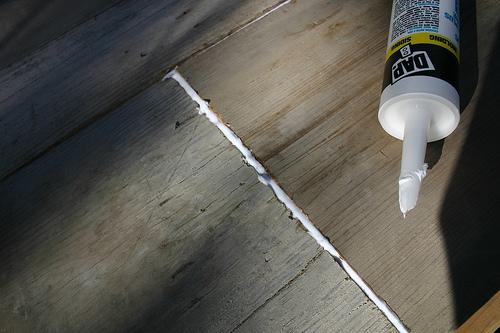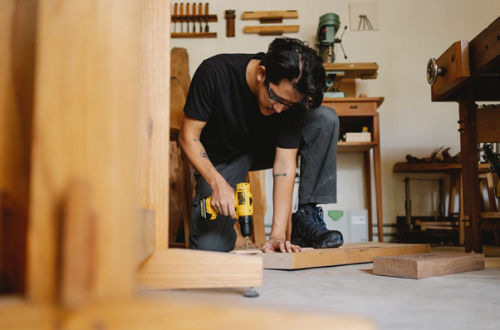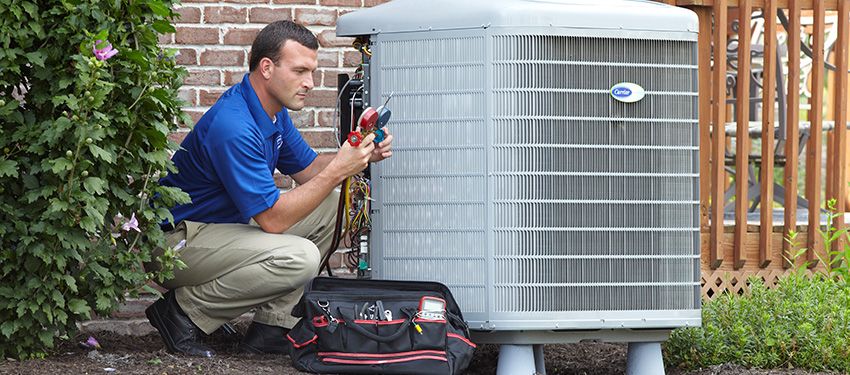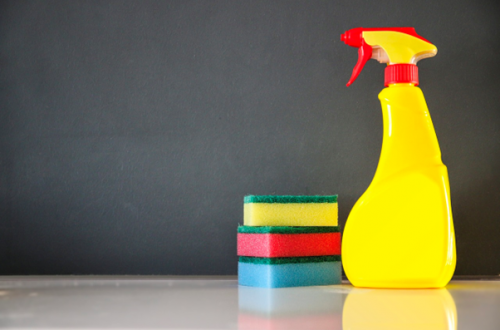People look for ways to save money on their energy bills. Checking your home for air leaks and fixing them can save you hundreds annually. Weatherization prevents air leaks which allow cold or hot air to enter your home. Prepping your home against air leaks isn’t difficult, and when you consider the money you’ll save, it’s worth doing.
Know Your Attic
The attic is often overlooked when it comes to air leaks. Make sure the attic is well insulated or you will lose heat or cold depending on the weather. Older houses with large attics are more prone to have leaks. Because hot air rises, if you’re trying to heat your house and the attic has leaks, the warm air is escaping. Insulate the attic door, plumbing vents, around electrical outlets, and even around the chimney.
As Above, So Below
The basement is another area that may have leaks. It can be a problem area that needs reinforced weatherization. Search your basement for air ducts and check the wall around the duct for leaks and holes. If air escapes the basement and reaches the living areas, you need to caulk these holes. You should caulk any basement windows and any two-pane window flaps. See caulk gun review in The Tooly if you do not have one for applying the caulks. This is a must-have tool in such works.
Inside Out
Next time you’re cleaning your living area, add weatherization check-up to your list of things to do. Install insulating face plates for your outlets and caulk any cracks in the walls. Fireplaces are the worst for air leaks. If you do not use your fireplace, install a plug, but don’t expect to use the fireplace again.
Protect the Exterior
Exterior weatherization will keep your home sealed. Don’t ignore external weatherization because it is the last chance for you to keep the weather out and the heat or cool air in. If you ignore one leak, weatherization will break down more quickly and you’ll have to recaulk everything you did previously before the end of winter. Going outside to weatherize can be tedious because you must inspect everything, but with patience you’ll insulate your house quickly.
Home Energy Audits
A home energy audit is when a hired professional comes to your home to look for where energy is being wasted, and then provides helps you address those problems. There are two steps: the home assessment, and the analysis. Although weatherizing your home on your own can help cut down on the electricity bill, there are certain issues that can be addressed during the analysis portion of the audit that we simply can’t handle on our own. A home energy audit can lower your electricity bill by five to 30 percent according to Energy.gov.
Next time you receive your electricity bill and want to dispute the charges, take a look at your home and ask “What could I be doing differently?” Weatherization is one of the best ways to save on your electricity bill. Besides saving money, cutting back on electricity means less coal-burning and fossil fuel emissions.








